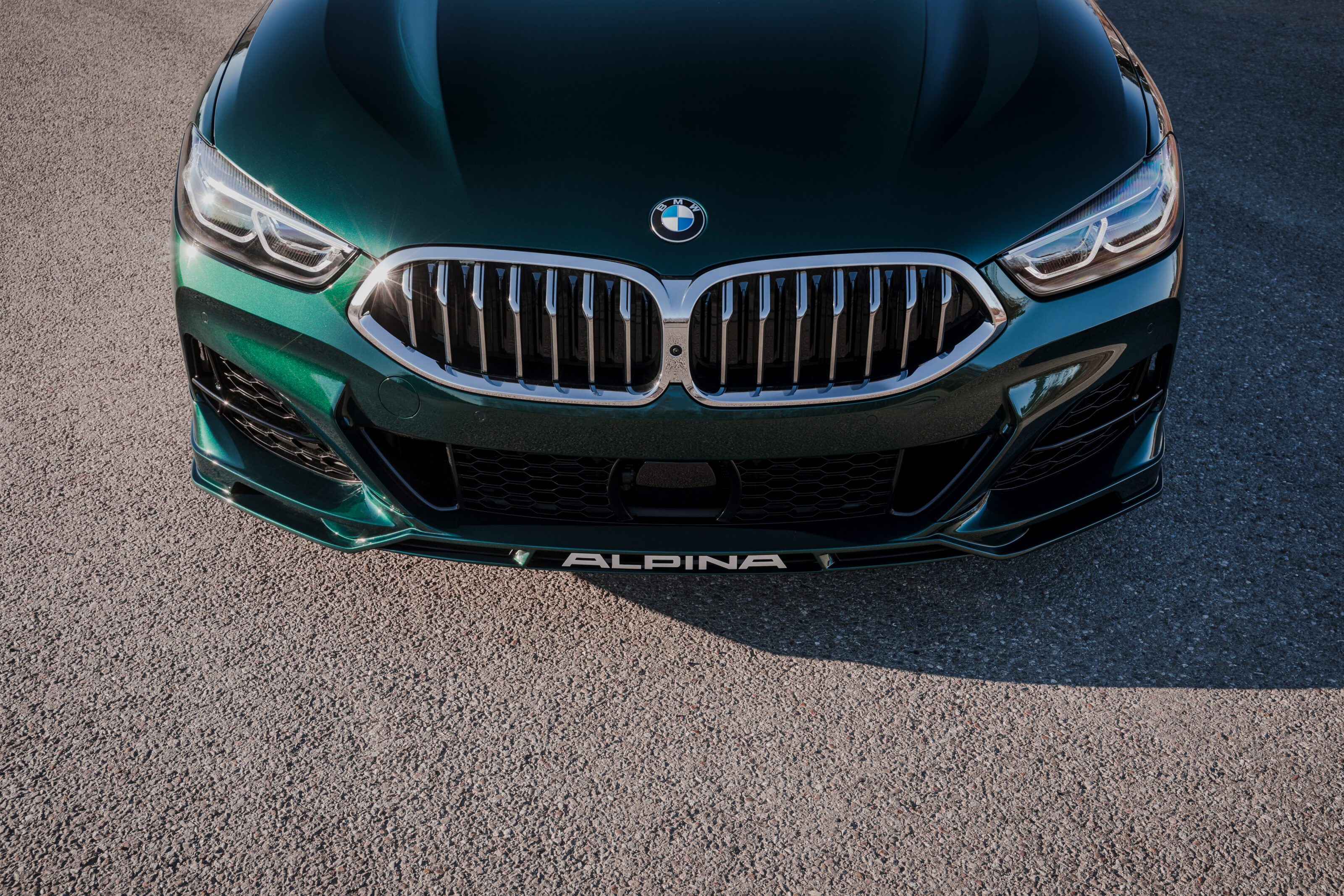Consider for a moment the red-billed oxpecker. A tiny bird native to the African savannah, it spends the vast majority of its time hanging out with the rhinoceros, a creature many, many times its size. At face value it seems as though the minuscule oxpecker is nothing but an annoyance to the giant rhino, but closer investigation reveals a wonderful symbiotic relationship.
The oxpecker feeds on parasitic ticks that would otherwise infect the rhino’s skin, while also using its far superior eyesight to warn of approaching danger. In return, the oxpecker gets a free, reliable food source. No, you haven’t suddenly tuned into a David Attenborough documentary, there is an automotive connection. The oxpecker-rhino relationship is a perfect metaphor for that which exists between Alpina and BMW.
On the surface the partnership appears to make no sense: why would BMW supply its cars to another manufacturer to then sell in direct competition? Dig deeper and it becomes clear that the relationship between the two brands is similarly symbiotic – it must be, for it has lasted for more than 55 years and counting.

Alpina was founded by Burkard Bovensiepen and his sons Andreas and Florian continue the family legacy today as Co-Managing Directors. But today is not about the past; CEO Andreas has generously donated his time to discuss the present and the future of the small manufacturer. Nevertheless, clarifying the relationship between Alpina and BMW seems a logical place to begin and, specifically, what’s in it for BMW?
“We are first of all an exclusive brand for people who like something which you will not find on every corner,” explains Bovensiepen.
“On the other hand this kind of refinement you will not find very often in the car industry. Alpina clients are BMW clients who have driven several different BMWs and now they are thinking of maybe changing the brand to Bentley, Aston Martin, Maserati; with the Alpina offering the dealers can hold the customers with the brand, excite them with some different kind of BMW which has all the advantages of the navigation system, servicing, warranty, but you still have a very exclusive car.”
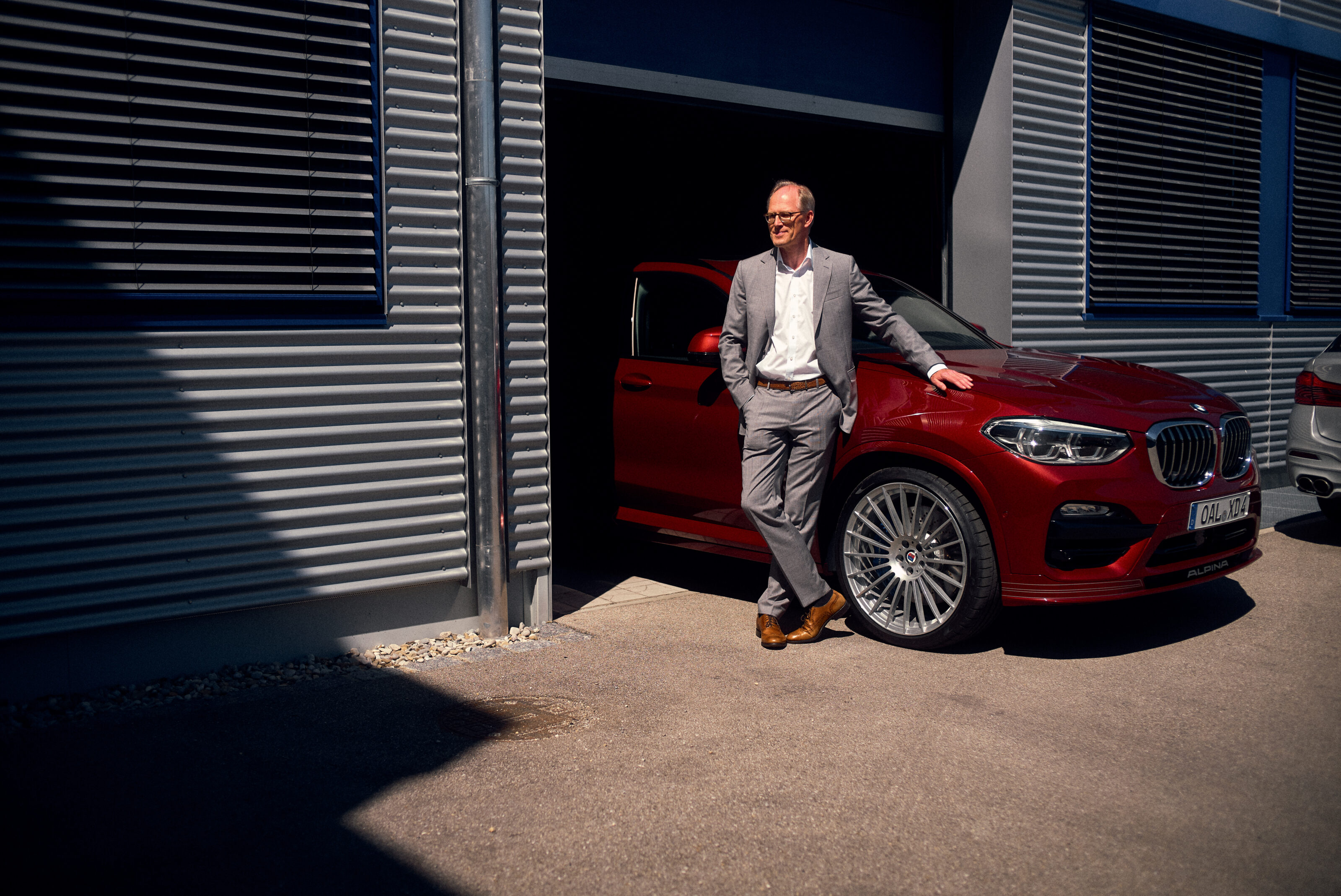
The catalyst for our conversation, the introduction of the Alpina B8 Gran Coupe to the Australian market, is the perfect example. At $322,900 it fits snugly between BMW’s swoopy flagship offerings, the M850i and M8 Gran Coupes. It virtually matches the latter with 457kW/800Nm and a 0-100km/h claim of 3.4sec but is a very different proposition.
“We like to distinguish from the BMW M brand,” says Bovensiepen.
“We are not the racing car for the road, we are much more philosophy-wise – the British press often say an Alpina is like a Bentley. The customer is a little bit more mature; I know I have a lot of power, sometimes I like to accelerate hard [and] go fast but I don’t need to show it every day.”
Bovensiepen uses the likewise fresh-to-Oz Alpina B3 as another example, a car that appears to blur the lines between Alpina and M by utilising the M-developed S58 engine. Traditionally, Alpina has tuned the conventional BMW engines (usually an ’N’ prefix’) rather than the motorsport-spec ’S’ engines – why the switch?
“It’s not our target to make a better M3 or M4. I think both companies have their niches; we are more on the luxury side of the business, BMW M on the sporty side, but of course all our customers like to get more horsepower and torque than the previous model.
“For Alpina it would be too difficult to get more horsepower out of the B58 so finally we asked BMW whether we can get the S58, but we like to make sure the B3 can immediately be distinguished from an M3 or an M4. We use different turbochargers for very high torque in the mid range and low range [and] the exhaust system is different. The engine feels completely different, the sound is different.”
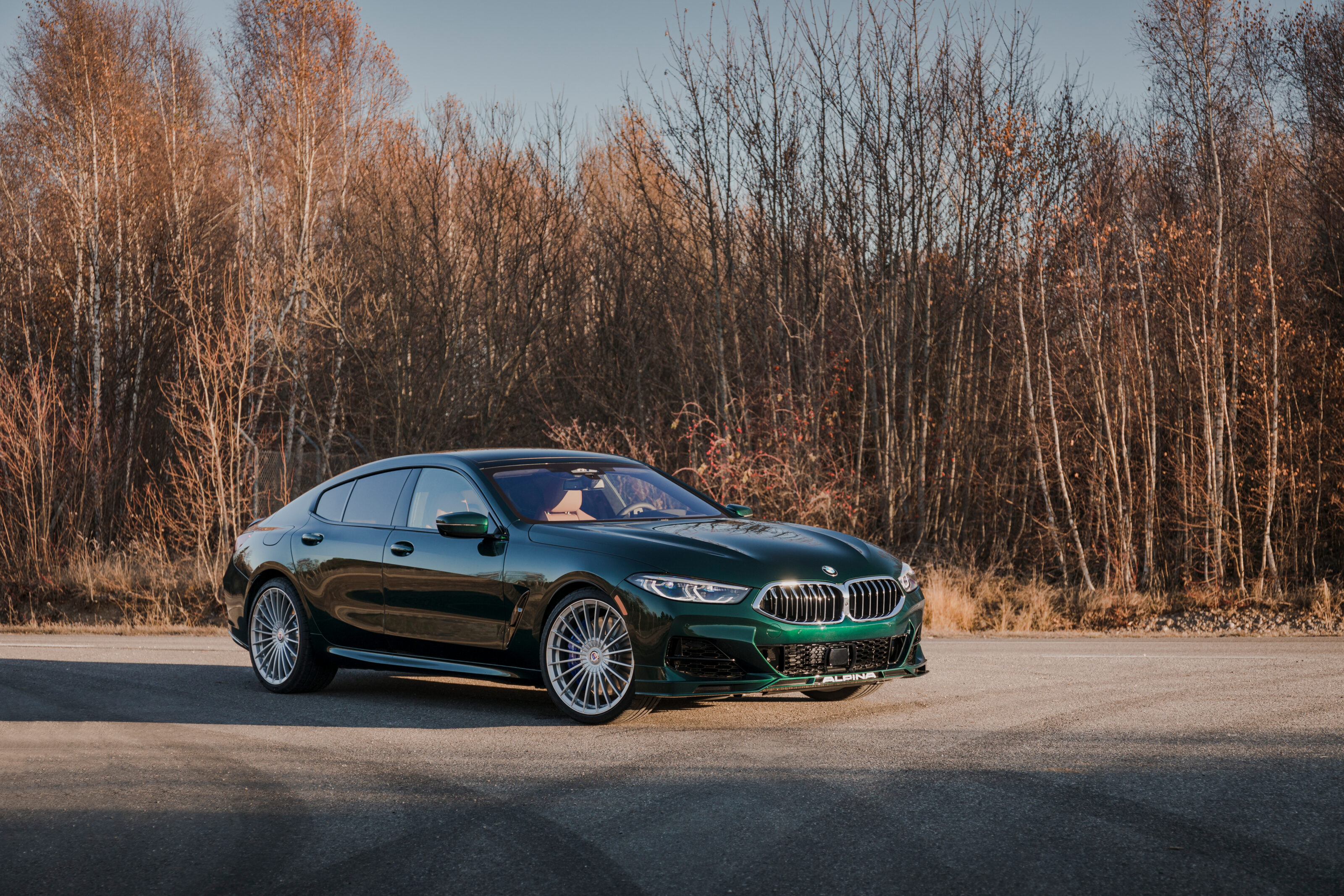
Unusually for a premium brand, Bovensiepen says Alpinas – in Europe at least – are often the main and only car for customers: “I’m not completely familiar with the Australian market, but especially in Europe Alpina is usually the first car and the everyday driver. Whereas if you look at specific M models it can be that an M4 is a nice car for the weekend, to have fun for several hours, or to go to the race track if you look at the CS or CSL models. We have our own philosophy and most of the time it’s the first car of the household, let’s say a dream car for everyday, and therefore we are focused on niches like Touring (wagon) models to compete against the Audi RS models or AMG T Models. Our aim is always to make the BMW portfolio bigger and wider.”
This everyday philosophy carries over into the setup of the cars. “We make a completely new setup,” says Bovensiepen.
“For example we have completely different hardware in the dampers, different springs, different anti-roll bars, Comfort Plus mode, which is often only available in Alpina cars, and of course we have tailored tyres. Most of our cars have Pirelli tyres and these are especially developed with Pirelli Germany. It’s a combination of tyre development, springs, dampers and new calibration of the ESP; we go to Sweden in the winter, it’s a big portfolio of testing we do at test facilities in Southern France and we do high-speed testing where we go to Nardo to get a look at the reliability of the cars and the cooling systems and the tyres.”
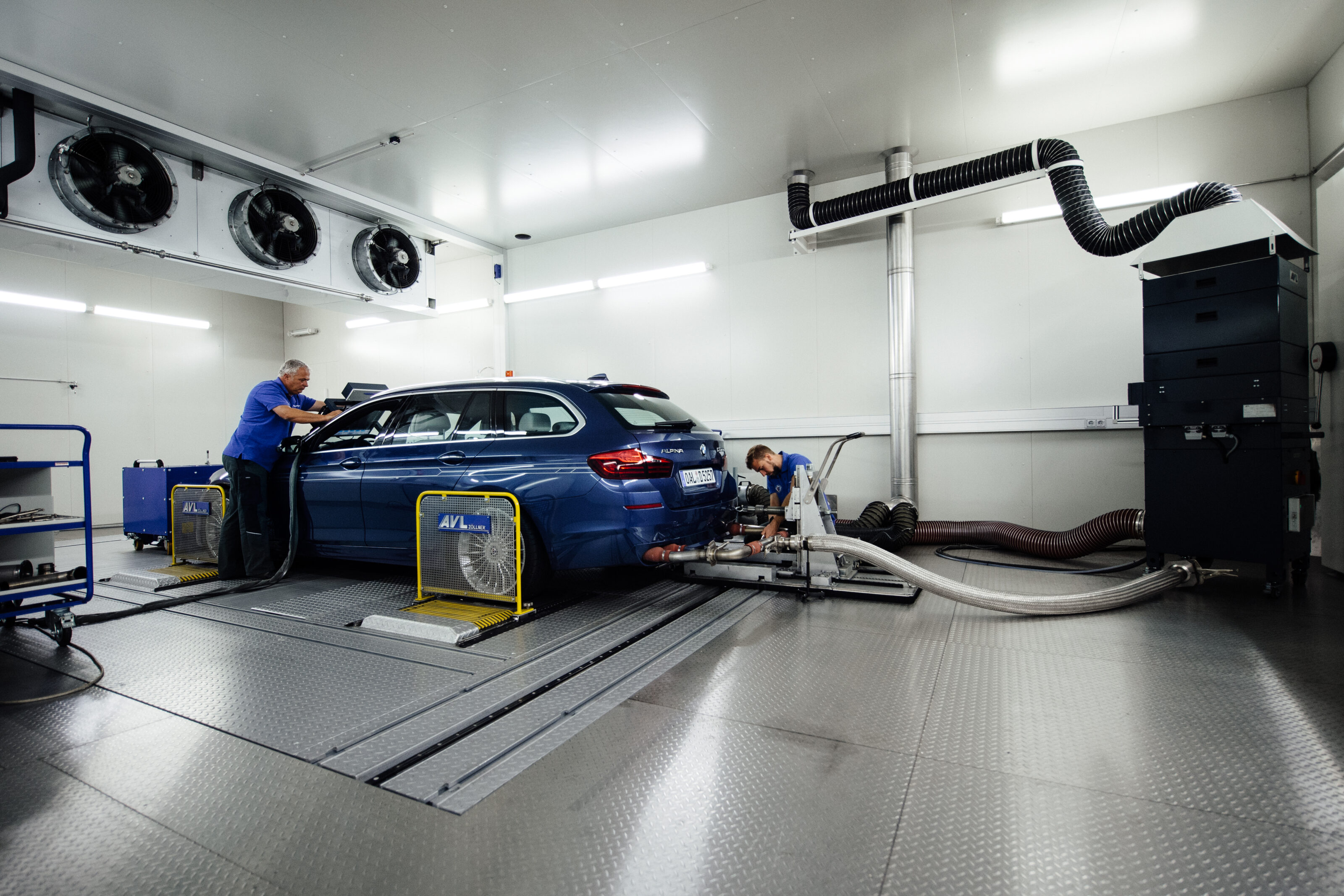
It’s the combination of the Alpina customer’s love of speed and its relatively low build volumes that is making the transition to electrification a particularly difficult one. The updated X3-based XD3 SUV hit Australian shores last year with a 48-volt mild-hybrid setup, but the steps beyond this are not yet clear. “Alpina customers, especially in Europe, like to accelerate hard,” reveals Bovensiepen.
“They like to go fast on the motorway and this is quite difficult to achieve in a completely electric vehicle. You see here in Germany sometimes Tesla buyers have their car the first four weeks, let’s say [they drive] 160km/h, then they realise the battery goes down quite quickly and suddenly go between 95-120km/h. They don’t go faster because they know otherwise they have to recharge so often and that is not so much fun.
“Currently I cannot see an Alpina customer restricted to, let’s say, 120km/h on a German autobahn – they like to go faster. In countries with very strict speed limits it’s a different story and maybe you can be successful as a battery-electric vehicle, but still we know these kinds of cars are often 2.5 tonnes. With electrification cars get very, very heavy and it compromises the handling not in the right direction. Every high performance car company or niche producer is waiting for second- or third- or fourth-generation of these kinds of products; batteries have to get better and lighter, drivetrains have to get lighter, black boxes have to get smaller. I think it doesn’t make sense to be a leader in this field because then you have a lot of hurdles to overcome. I prefer these kinds of cars more as urban vehicles. Suddenly you can go on smaller batteries, let’s say 40-50kWh, and you have a nice second car for your family, but not as a car having fun to drive or going fast.”

The obvious interim solution is hybrid, but it isn’t quite that easy when you’re tied to BMW’s existing product portfolio.
“BMW in the first generation had V8 hybrid, then they had six-cylinder hybrids in the 3 Series and 5 Series then they changed philosophy to only four-cylinder hybrids because demand was so low. Now again they have a six-cylinder hybrid which I think is very good because an Alpina customer is typically six-cylinder or V8 customer. For example, as a replacement for the (diesel) D3 we have thought about a hybrid and we asked our customer and they said ‘hybrid, yes, why not?’ but it at least has to be six cylinders, so if we had to do a four-cylinder hybrid that would not be preferable for our customers. We continued with the D3 because a lot of customers do high mileages, 30-50,000km annually, so the D3 is still the perfect solution.”
Historically, Alpina has had a lot of success with increasing performance through engine transplants, such as with the E30 B6 3.5 S or E36 B8 4.6, but it’s the business case rather than the engineering that is now the limiting factor.
“We have a lot of experience with system integration and quite often we have transferred bigger engines from bigger BMWs into the 3 Series or from the 7 Series into the 5 Series so this knowledge we have; it’s more nowadays the price possibility because if we would have done a six-cylinder hybrid in the current 3 Series, we would have taken the 5 Series or X5 drivetrain and integrated it, it would be quite a costly car. It would suit the car lovers but we were thinking maybe the time was not right.”
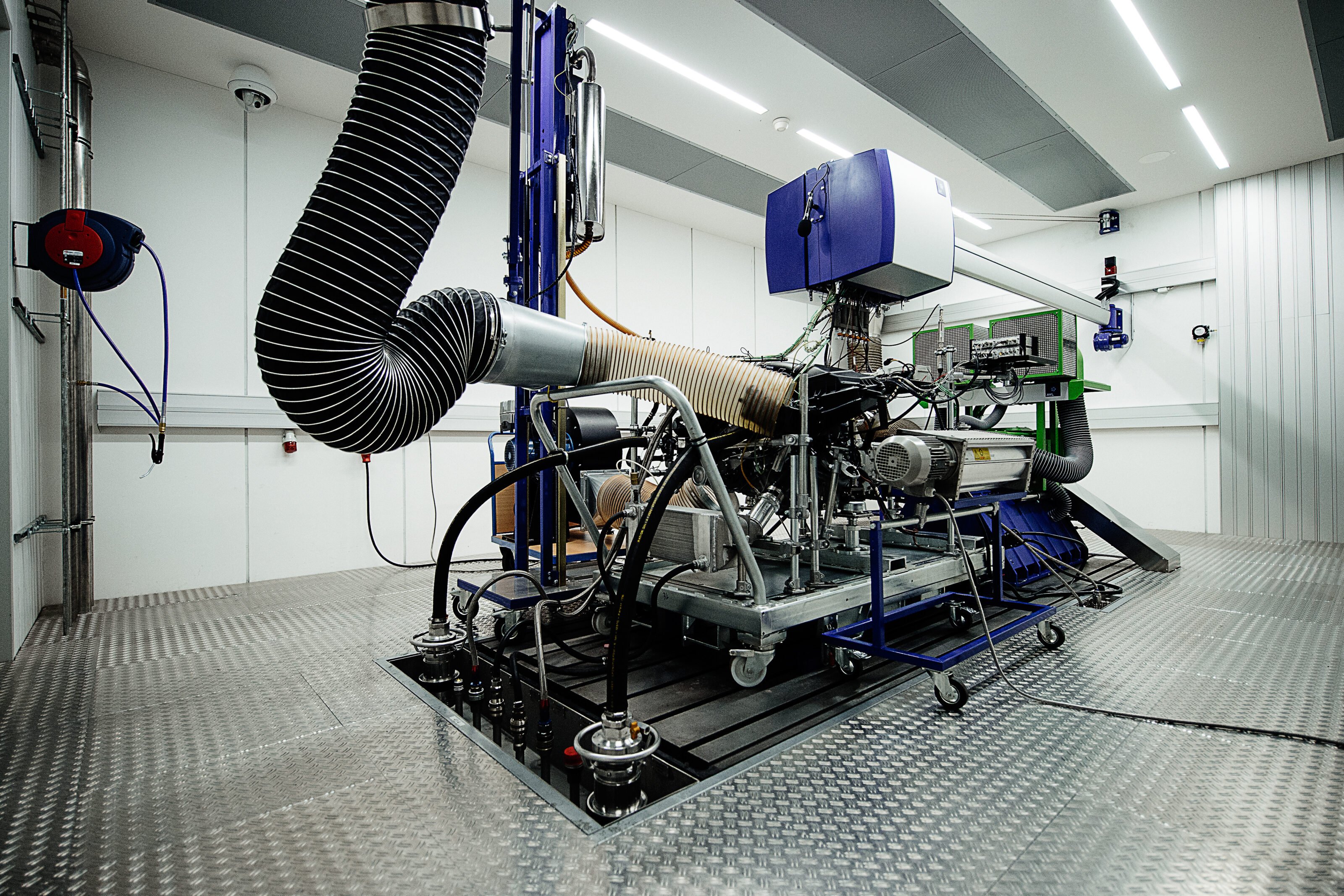
Whatever the solution, one must be found due to tightening emissions regulations.
“Right now we have negotiated our own CO2 corridor with the European Commission,” explains Bovensiepen, “and therefore we do not have these kind of strict limits that these big manufacturers have (fleet average of 95g/km), but of course you have to have a roadmap to go down every year. Therefore we need in the future at least hybrid vehicles. There is currently some Swiss discussion, and it’s going into parliament, whether small car manufacturers should get higher CO2 limits or whether they have to fulfil the same limits, which could end up that you have to pay $30,000 to register a petrol car in Switzerland. Maybe it’s not a problem for a Ferrari or Lamborghini customer [but] for an Alpina customer?”
There is, possibly, a third way. Synthetic fuels have been in the news thanks to Porsche investing in the technology, though a number of companies are working on CO2-neutral petrol, with potential for it to support low-volume internal combustion production.
“I think synthetic fuels have been completely underestimated,” enthuses Bovensiepen,
“It’s very good that Porsche is going into a leading position, because the worldwide effect of synthetic fuels would be absolutely phenomenal. Still in every country you have big fleets of the traditional petrol and diesel engines and therefore in the shortest time you would create the biggest effect on environmental issues.
“I think it has to be pushed much more widely, but certain countries have an agenda of going 100 per cent electric, not looking on the manufacturing of the cars, the driving the cars and afterwards, the battery has to be recycled. I can’t imagine in Europe and America and Australia within the next 10 years that 50 per cent of the whole car production will be fully electric; it’s no problem for the manufacturers to do so, but to create the infrastructure for every customer to be happy to buy an electric car because it’s so easy to recharge, I think this will be a big topic in the future.”
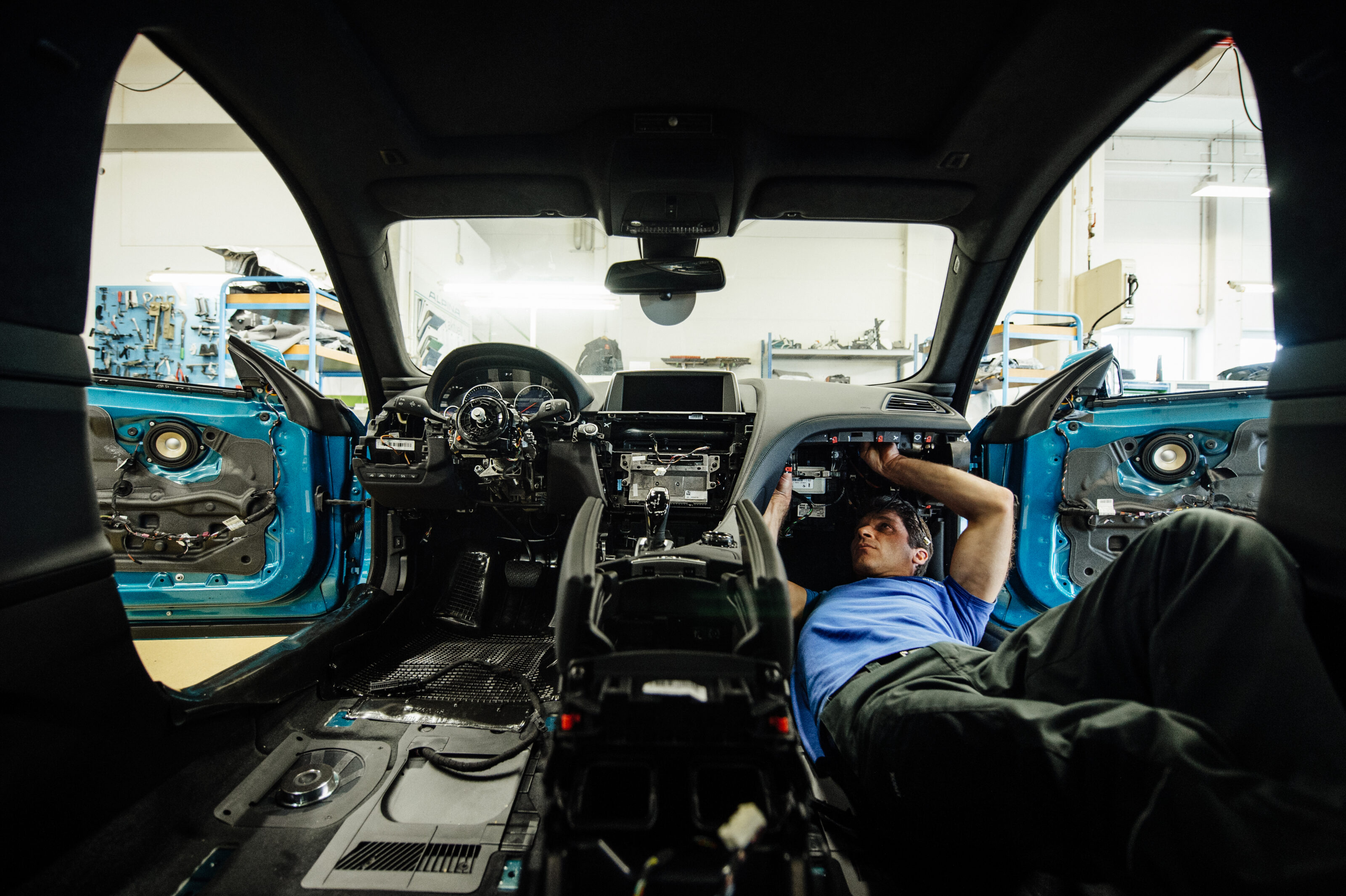
But what of the present? Alpina has had a slow start in Australia, handicapped early on by fluctuating prices and a limited product portfolio, but the release of the XD3 was an important step and with the arrival of the B8 Gran Coupe, monster XB7 and all-new B3, Alpina now has a range of vehicles across multiple segments.
“We have a very close relationship with BMW Australia,” says Bovensiepen. “It will help us with their prestige department, [but] for us as a small manufacturer selling 1500 or maybe this year 1900 cars annually, we [don’t] have the big budgets to spend on advertising. It’s important to get the press driving the cars, being excited hopefully and you have a small community which is growing every year. This year I think our target is nearly 40 cars to sell in Australia. It’s a very small number, of course, but if we can make 40 people happy, next year maybe it’s 45 cars and it’s growing. We can only convince people with convincing products.”
And so the oxpecker adapts and thrives.
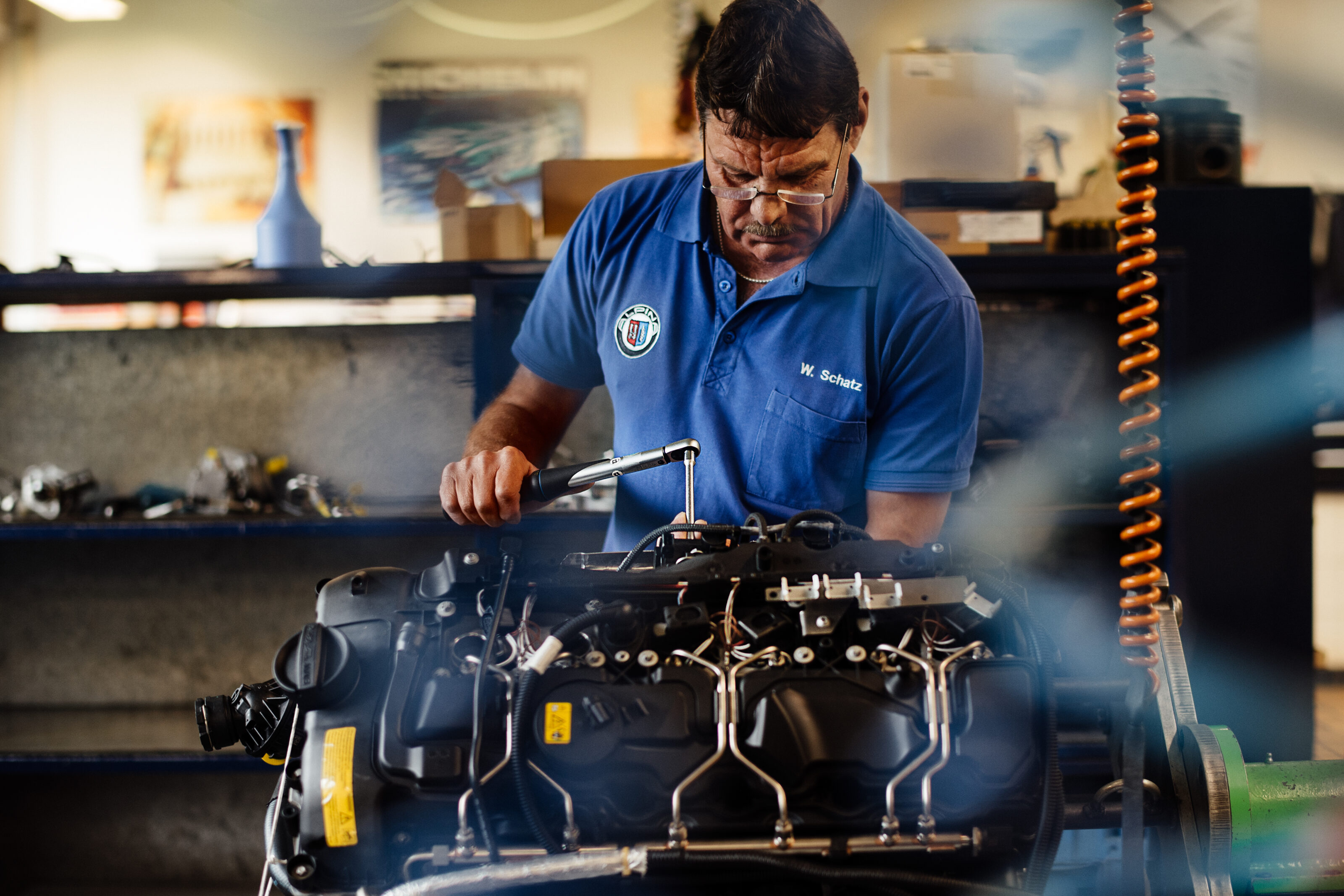
The Alpina classics program
While the new car environment is a difficult one to navigate, the growing appreciation for classics globally provides an opportunity for Alpina with its large back catalogue.
“We are mainly focused on develop[ing] new Alpina models but with this switch now into electric mobility the tradition gets more and more important. We will make a greater effort to rebuild all parts like wheels, suspension, interior stuff, to give the community of Alpina lovers the possibility to get their collector items in good shape, to get the spare parts. Today we are very much focused on engine rebuilds, which we do a lot, several hundred engines a year, but this business will be enlarged. For example, currently we have an E24 B7 S Bi-Turbo Coupe, which we restored for a Japanese customer. This will be much more important in the next years.”
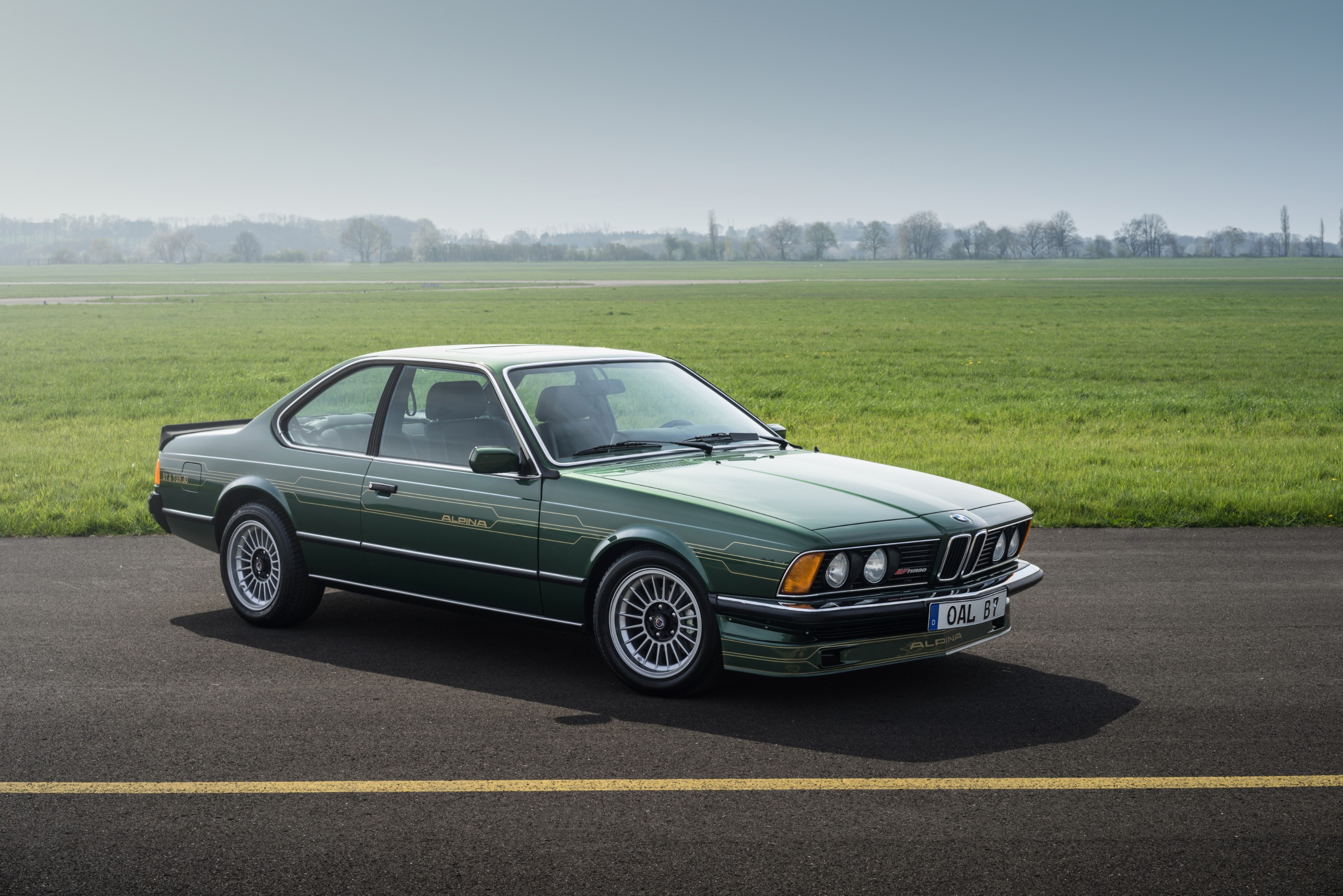
We recommend
-
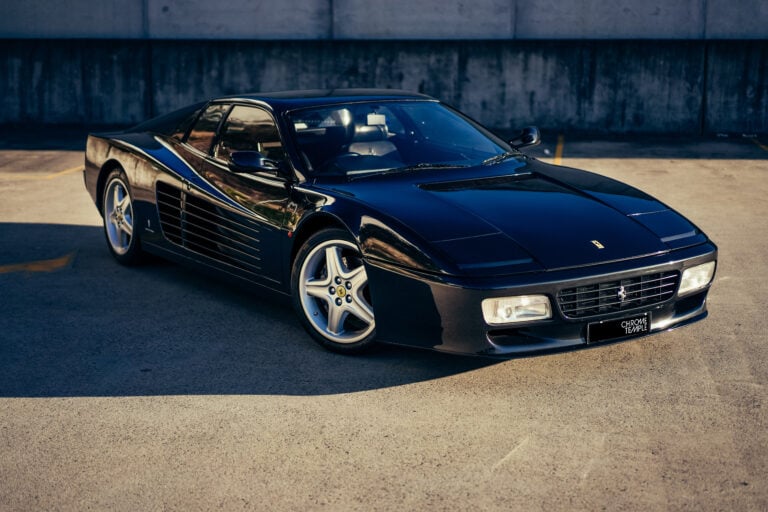 Features
FeaturesTestarossa 2.0: We drive a classic Ferrari 512 TR
We go flat-out in a flat-12 Ferrari to find out if this early-'90s evolution of the Testarossa supercar lives up to the legend.
-
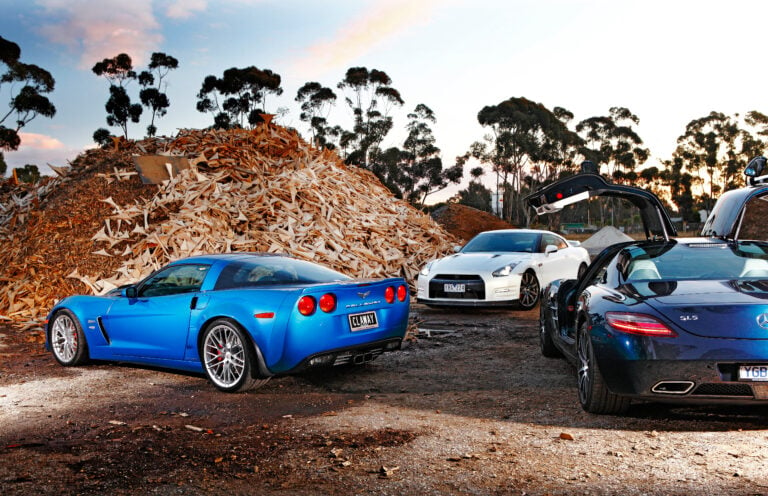 Features
FeaturesWhat happened in MOTOR 10 years ago? We held the ultimate front-engined supercar showdown
Ten years ago, we pitted Nissan’s GT-R against the modern classic Mercedes SLS and a 490kW Callaway Corvette Z06
-
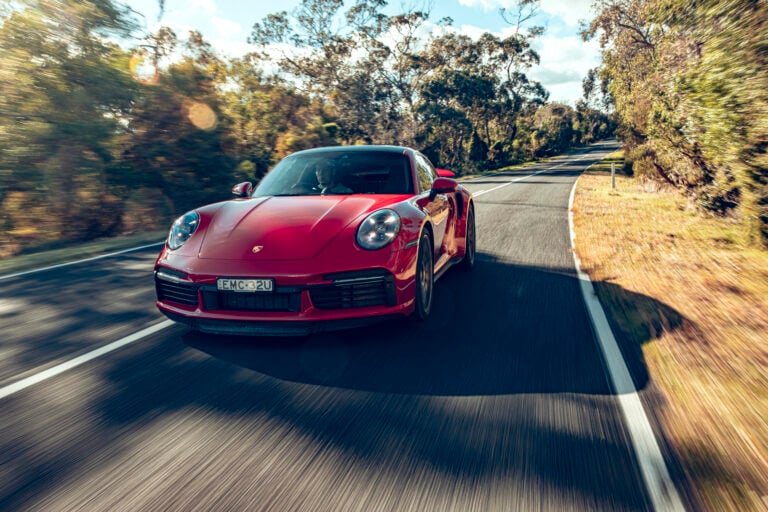 Features
FeaturesIs the Porsche 911 Turbo the penultimate driving machine?
It’s Porsche versus Prom on one of Australia’s most stunning and temporarily deserted roads


